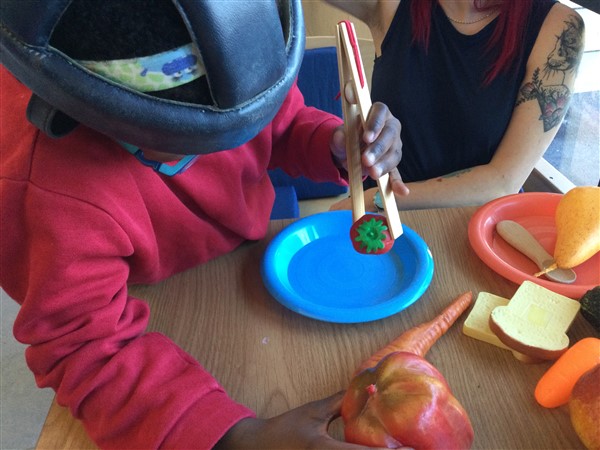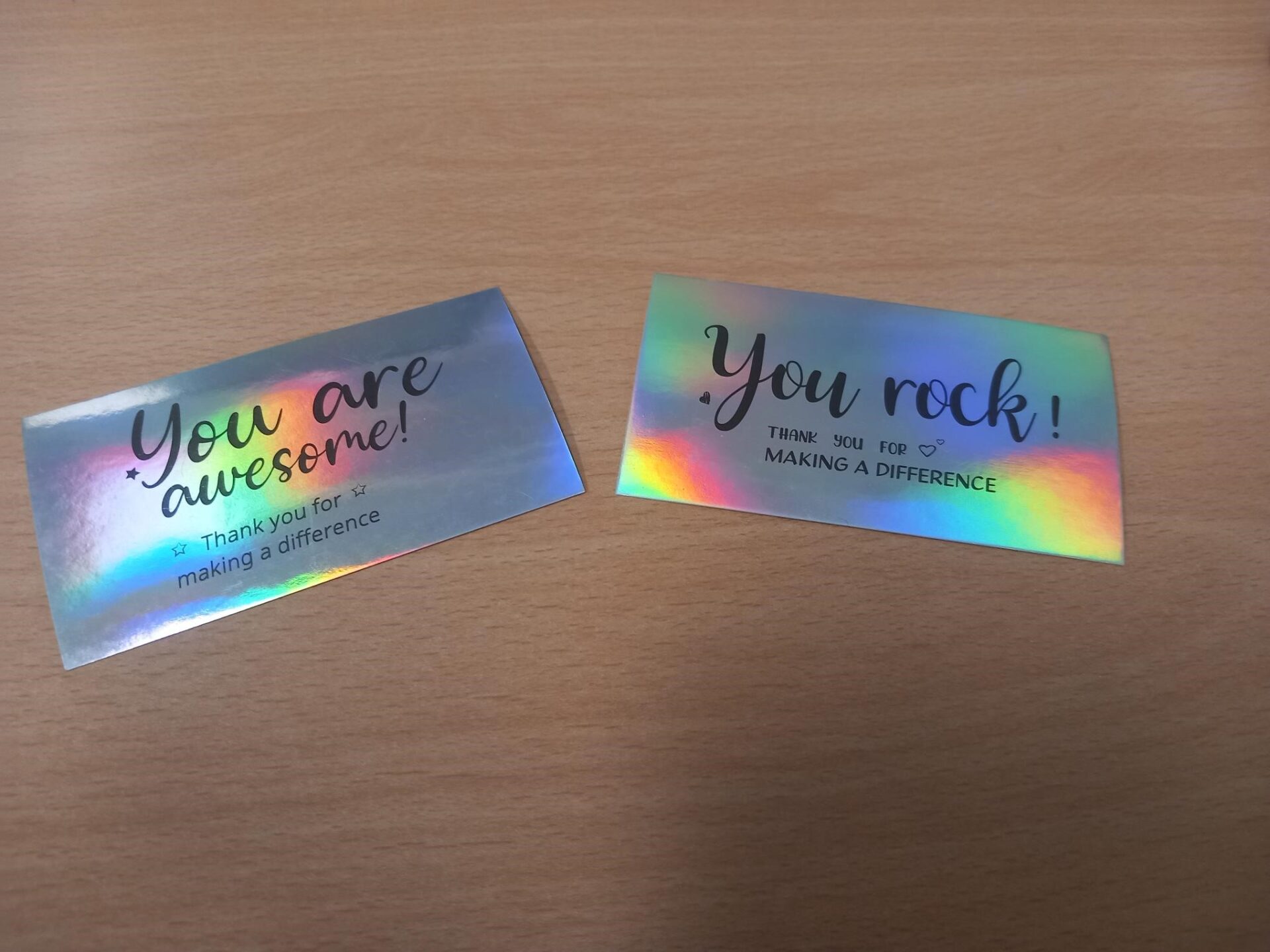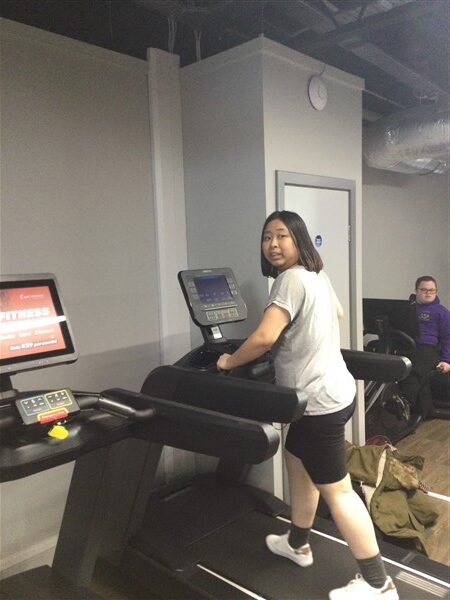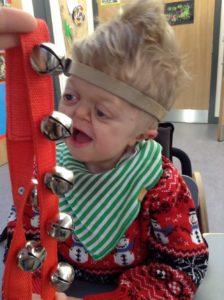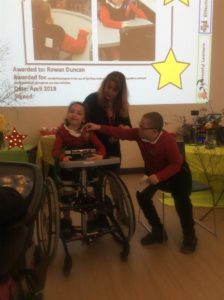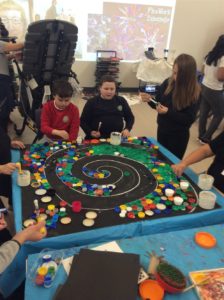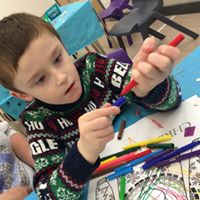One of our favourite activities in Room 8 is ‘The bucket time’.
Attention Autism is an intervention model designed by Gina Davies, Specialist Speech and Language Therapist. It aims to develop natural and spontaneous communication through the use of visually based and highly motivating activities.
This activity helps the children in Room 8:
- To engage attention
- To improve joint attention
- To develop shared enjoyment in group activities
- To increase attention in adult-led activities
- To encourage spontaneous interaction in a natural group setting
- To increase non-verbal and verbal communication through commenting
- To build a wealth and depth of vocabulary
- To have fun!
The Attention Autism programme progresses through a series of stages, building on each skill level. Each new stage is introduced when the group is ready to expand attention skills. Room 8 has reached stage 3.
Stage 1: The Bucket to Focus Attention
Our purple bucket is filled with visually engaging objects and toys, aiming to gain the shared attention of the group.
First, a song is sung: ‘I’ve got something in my bucket, in my bucket, in my bucket. I’ve got something in my bucket, I wonder what it is?”
Next, the adult leader shows each item to the group and uses simple repetitive vocabulary to comment on the various objects. Our favourites are the naughty monkey, the pig, and the horn.
Stage 2: The Attention Builder
Visually stimulating activities are shown to the group by the adult leader, aiming to sustain attention for a longer period. The activities are fun, visually engaging and can often involve delightful mess! The favourite in room 8 is “Splash the cake!’.
Stage 3: Turn taking and Re-engaging Attention
The adult leader demonstrates a simple activity, often modelled with another adult in the group. Some children are then invited to have a turn, but only if they are comfortable to do so.
The children in our group get a turn, which then teaches important emotional regulation skills, as well as the essential skills of waiting, turn-taking and learning through modelling. I could say the favourite activities have been ‘Make your cake – Halloween party’, ‘The bread shop’ and ‘Choose an instrument’.
So far, the Bucket time sessions have been fun and “offered an irresistible invitation to learn”!









